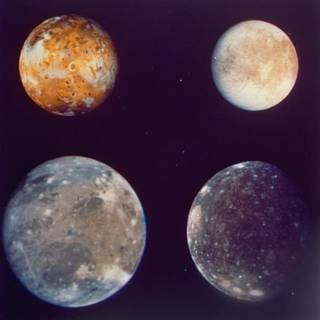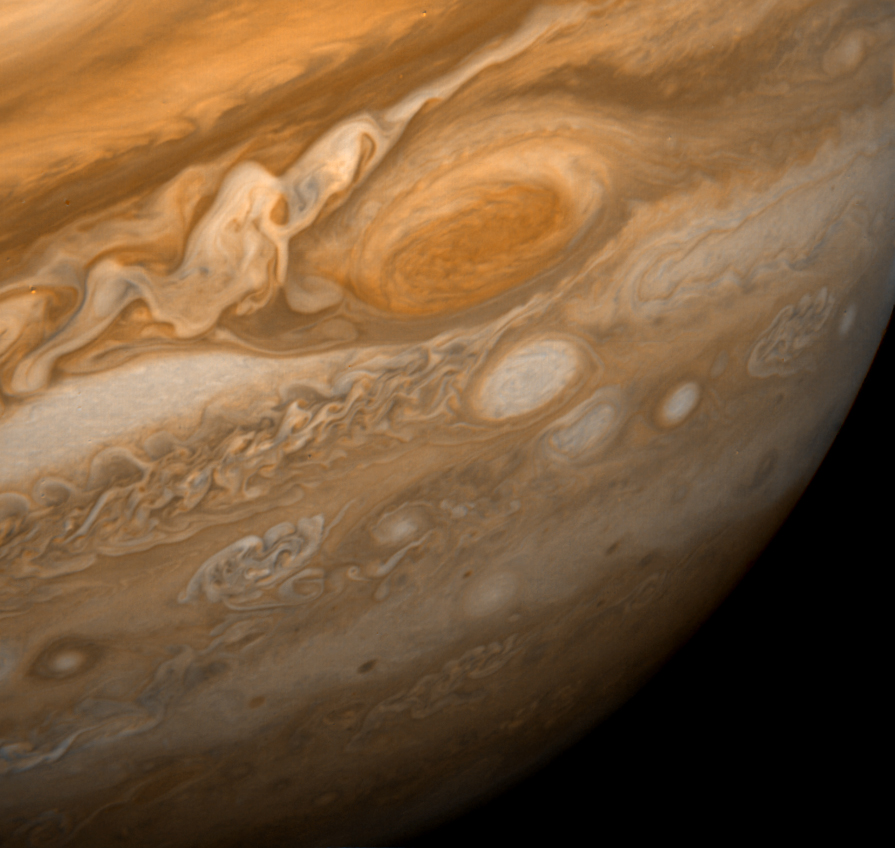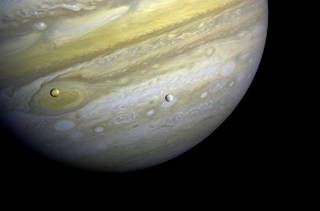By Wes O’Donnell
Managing Editor of In Military, InCyberDefense and In Space News.
Voyager 1, a space probe launched by NASA in 1977, has become the most distant man-made object from Earth. Astonishingly, Voyager 1 is still transmitting data to Earth and providing a glimpse into the space between the stars. On August 25, 2012, Voyager 1 became the first spacecraft to cross the heliopause and enter the interstellar medium.
This week in 1979, Voyager 1 gave us our first closeup look at the gas giant Jupiter and several of its moons. The spacecraft provided NASA with 19,000 pictures before it left the Jovian system in early April.
According to NASA, Voyager 1 made its closest approach to Jupiter by flying within 174,000 miles of the planet’s cloud tops. On the outbound leg of its encounter, it flew by and imaged the large satellites Io (nearest approach at 12,800 miles) Europa (456,000 miles), Ganymede (71,300 miles), and Callisto (78,600 miles), all discovered by Italian astronomer Galileo in 1610 using his newly invented telescope.
Get started on your Space Studies Degree at American Military University. |
Discovery of active volcanism on the moon Io was the greatest surprise. It was the first time active volcanoes had been seen on another body in the solar system.
It is expected that Voyager 1 will continue to broadcast useful scientific data until 2025, when its radioisotope thermoelectric generators will no longer supply enough electric power to operate its scientific instruments.
The Great Red Spot as seen from Voyager 1 This dramatic view of Jupiter’s Great Red Spot and its surroundings was obtained by Voyager 1 on February 25, 1979, when the spacecraft was 5.7 million miles (9.2 million kilometers) from Jupiter. Cloud details as small as 100 miles (160 kilometers) across can be seen here. The colorful, wavy cloud pattern to the left of the Red Spot is a region of extraordinarily complex and variable wave motion. To give a sense of Jupiter’s scale, the white oval storm directly below the Great Red Spot is approximately the same diameter as Earth. (Courtesy NASA/JPL)

Composite image of Jupiter’s four large Galilean satellites, shown to scale (clockwise from top left) Io, Europa, Callisto, and Ganymede. (Courtesy NASA/JPL)
Voyager 1 image of Jupiter and its Great Red Spot, with Io (at left) and Europa transiting in front of the planet. (Courtesy NASA/JPL)



Comments are closed.